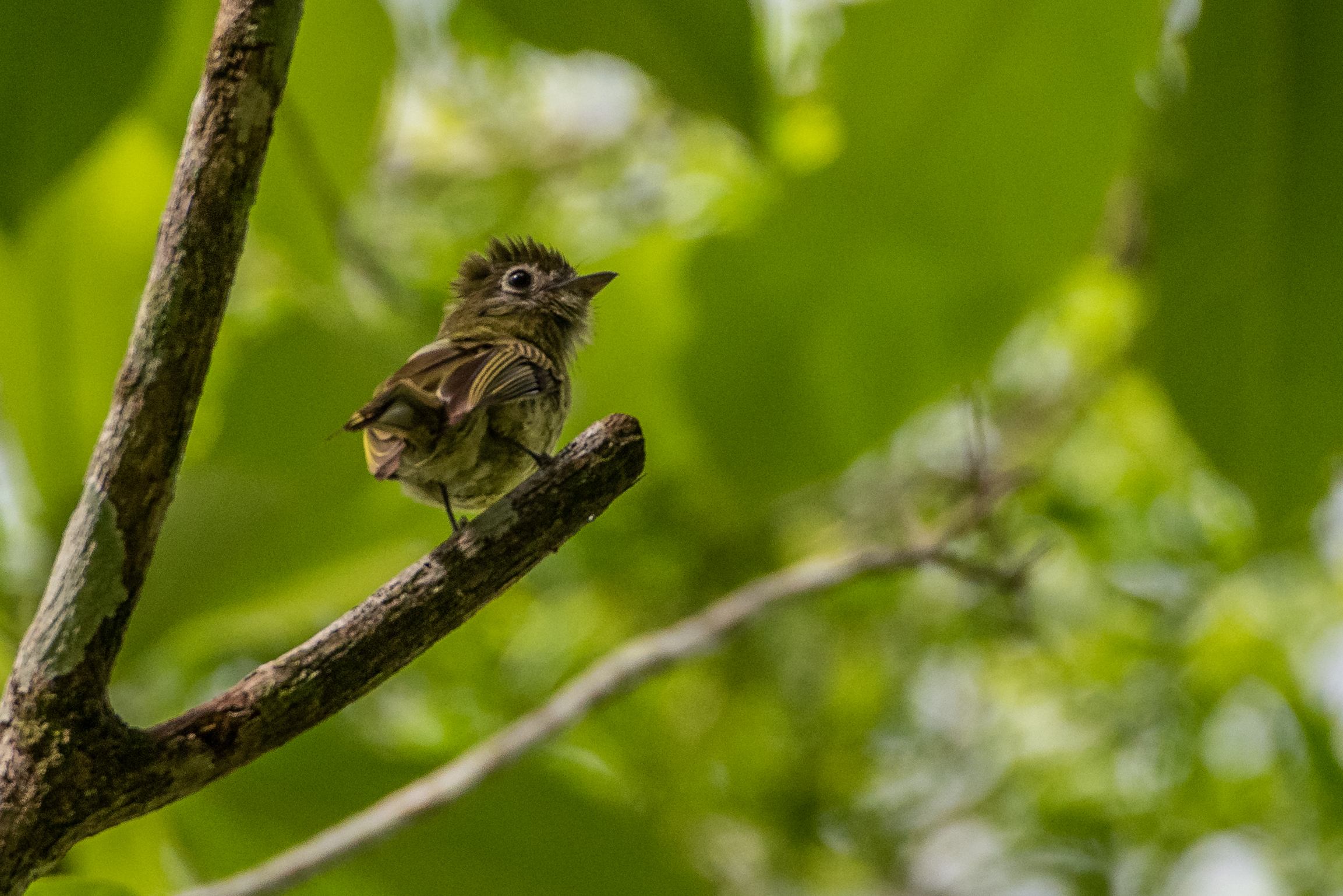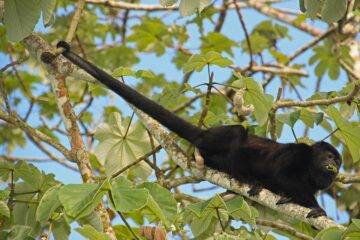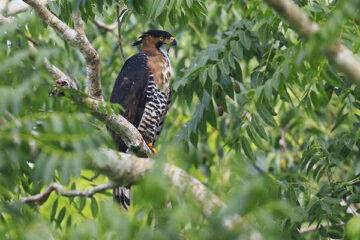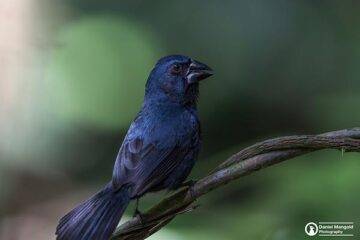Come visit Belize Maya Ruin. El Pilar is a 100-acre Middle Pre-Classic and Late Classic Mayan site which is currently being excavated by the University of California. Continuing work at the site occurs between February and June. The site is situated 12 miles northwest of San Ignacio in the Cayo District. The rare abundance of natural water sources in this vicinity is possibly the origin of the name El Pilar (“pila” being Spanish for watering basin).
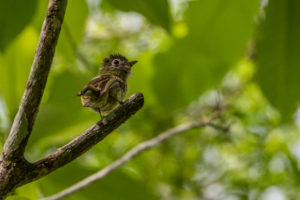
A particularly intriguing feature is a causeway that extends from the eastern part of the ruins across the country border into Guatemala. Thus far, 12 pyramids and 25 plazas have been found at El Pilar. This is triple the number found in nearby sites such as Xunantunich and Cahal Pech. The site was occupied between (500 BC) and (1000 AD) periods. A variety of residential structures were discovered during excavations, in addition to elite household compounds and ceremonial structures.
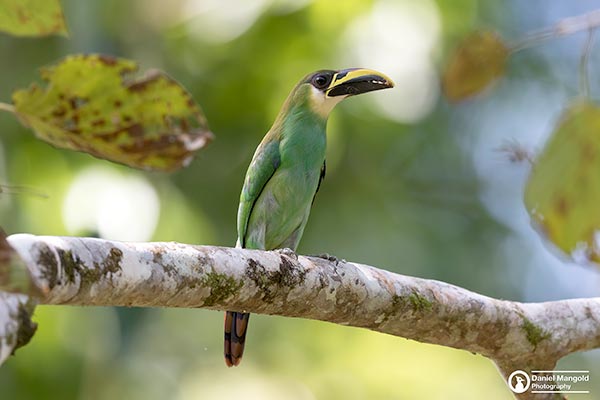
In contrast to other nearby sites, El Pilar remains virtually the same way today as when it was discovered. Most structures are in the early stages of excavation. Currently, there are five trail systems at El Pilar, three archaeological and two primarily nature trails intended to provide insight into the agro-forestry of the ancient Maya. This provides the visitor with a sense of what the site looked like before archaeologists began their research on the area. The site and its surrounding vegetation make a perfect birding destination.
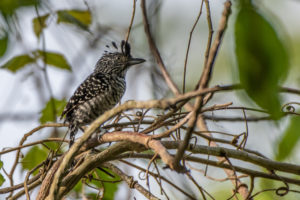
El Pilar is a Maya flora and fauna reserve. It is excellent for birding, and hiking, and provides an insight into Belize’s sub-tropical forests. Tours to this site leave early morning or late afternoon with stops along the way to view such birds as the Collared Manakins, Rufous-tailed Jacamars, Tody Motmots, Euphonias, Olive-backed Euphonias, Yellow Tyrannulet, Northern-barred Woodcreeper, Ivory-billed woodcreepers, White-whiskered Puffbirds, White-necked Puff-birds, Rufous-tailed Jacamars, Stub-tailed Spadebill, Upland Sandpiper, Collared Trogon, Slaty tailed trogon, Black-headed Trogon, Gartered Trogon, Spotted Wood-Quail, 3 times in 2018 we get a chance to see a Jaguar and two times in 2017 we got to see the mountain lion on the jungle road driving back from the site to Crystal Paradise.
Being at an elevation gives us the opportunity to see the birds that inhabit the canopy as we look down on them from the summit and enjoy all the birdcalls. Birds such as toucans, Mot-Mots and large numbers of parrots frequent the area during the early mornings and late evenings.

